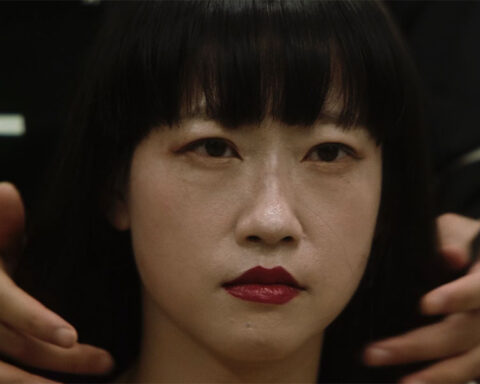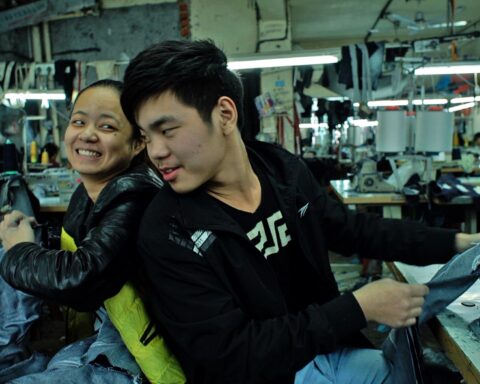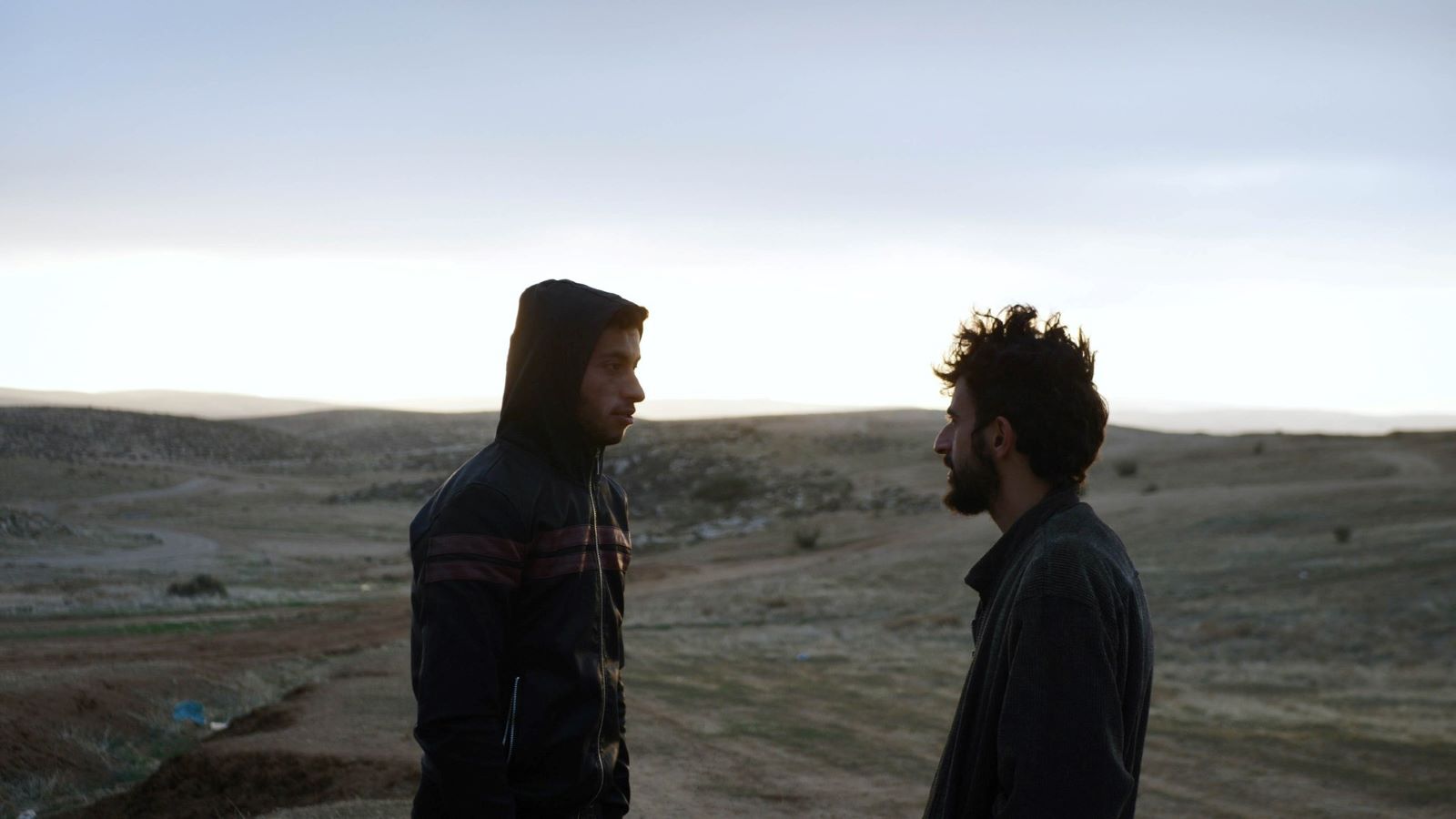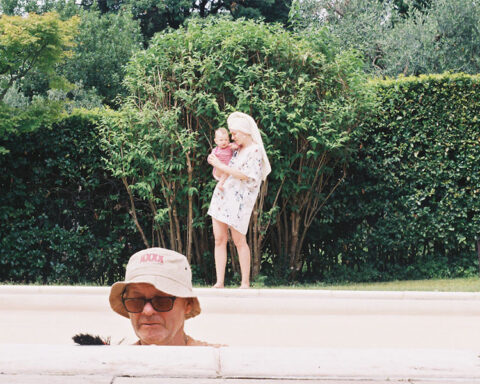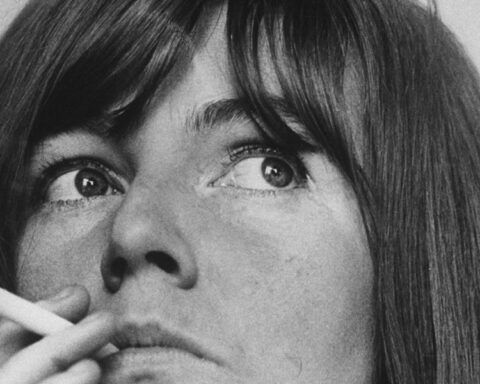While Hollywood blockbusters often tell stories in sets of three, documentary trilogies are a rarity. Whereas documentarians such as Laura Poitras and Godfrey Reggio have completed their epic visions with the 9/11 trilogy and Qatsi trilogy, respectively, the funding and time required to pull off an ambitious non-fiction saga is rare. It wasn’t until last week, when the Venice Film Festival announced the inclusion of Wang Bing’s Youth (Homecoming) in its official competition that the documentary field recently completed such an event. Wang concludes his Youth trilogy that began with last year’s (Spring) and the forthcoming (Hard Times) about labourers in China. However, the series is not the first documentary trilogy shot in mainland China. The country already has a significant history with documentary sagas. For example, Carma Hinton and Richard Gordon’s Longbow trilogy premiered in the mid-1980s. Their films Small Happiness (1984), All Under Heaven (1985), and To Taste 100 Herbs (1986) are best known for capturing village life in Shanxi province.
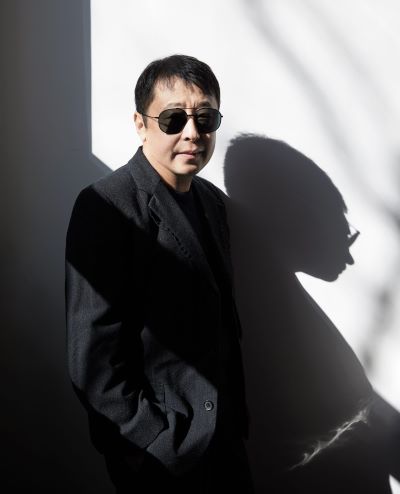
More recently, Jia Zhangke’s trilogy about artists—Dong (2006), Useless (2007), and Swimming Out Till the Sea Turns Blue (2020)—remains one of the most underrated non-fiction sagas. For the renegade auteur, his work is indebted to the preservation of Chinese history. His dramatic films frequently draw upon a realist style, while truth often blurs with expressionism in his documentary work. Jia’s insatiable pastiche has inspired filmmakers around the globe with his smart and thought-provoking tales of industrialisation and violence. His films have found a home outside of the international festival circuit after consistent state-censorship. (It wasn’t until 2004 that Jia received state-approval for the first time with his narrative feature The World after gaining attention with dramas like 1997’s Pickpocket, 2000’s Platform, and 2002’s Unknown Pleasures.
In the mid-2000s, Jia began to broaden his horizons with different modes of filmmaking, including documentary. For his non-fiction endeavour Dong, Jia enlisted his friend Liu Xiaodong, a leading painter of China’s neo-realism movement in the 1990s. While Liu collaborated with a handful of filmmakers over the years producing over 20 films about his artistic process, Jia’s feature Dong remains one of Xiaodong’s most applauded and internationally recognised films.
Liu’s Methodology
Throughout the film, Jia and Liu share a similar philosophy. Both artists have a strong desire to portray contemporary China to the closest representation of reality. They aim to capture life itself with their respective works. Liu serves as more than a talking-head subject. His presence in the documentary showcases his compassion while practising his artistic disciplines. Xiaodong is an empath, a drifter, and a nihilistic artist in Jia’s documentary. The film isn’t interested in his past. Instead, the documentary is more responsive to his process. Dong focuses on two of his acclaimed art pieces, which were composed in two different countries.
The first location is set in Three Gorges, China. The region is best known for its historic hydroelectric dam. After nearly a century of proposed development, the construction of the dam remains an important marker in the contemporary history of the Yangtze River, having affected hundreds of civilians. Dong shows how Xiaodong wanted to reflect on the humanitarian side of the development, while also showcasing the severity of the dam’s subsequent displacement of the commonwealth. For example, the workers of Fengjie County had to demolish their homes in the summer of 2005. The populace migrated from the region due to flooding and safety concerns.
On location, Jia observes as Liu works on a series of paintings focused on the workers of the region. He sees beauty in their physique and morale. In the process, he ruminates on the associations of land and identity. “It is a place of sadness and despair,” comments Liu on the Three Gorges region and its workers. “Only because they are young, they are growing. This is what is really interesting to me. The growth of the human body is fascinating.”
Jia also seems moved by the region and its people. While shooting the documentary, he wrote the script for Still Life (2006) in his hotel room over three days. He began shooting the film simultaneously, mixing fact and fiction with his screen treatment. The experiences of the workers are reflected in Still Life. Fictional events mirror Jia’s involvement within the region. In Dong, Liu visits the family of a Three Gorges worker who was killed during a work accident. The heart-rending scene shows Liu’s selflessness where he gifts the family a photograph of the deceased man that was taken during one of his painting sessions.

In Still Life, Jia includes a subplot that involves a character witnessing the all-too-real death of a colleague. Just like the events from reality, the fictional death was caused by the collapse of a brick wall. Still Life would later win the coveted Golden Lion at the 2006 Venice Film Festival, whereas Dong premiered in the Horizons competition during the same festival edition.
The second location in Dong is Bangkok, Thailand. Unlike the shrouded skies of Three Gorges, Bangkok greeted Liu with bright sunlight and pleasant weather conditions. While exploring the capital, Liu visits a group of female sex workers. In an undisclosed location, he begins to work on a piece with the workers as models. Regardless of inability to speak Thai, Liu’s methodology aims to destigmatise the role of sex workers with his art. His paintings avoid sexualising the women’s bodies. Instead, Liu paints a dreamlike landscape with the clothed women resting within a rose colored backdrop. “I do not fully understand the people and their custom practices,” says Liu in Thailand. “I’m not familiar with the sunlight, either. I can only understand human faces.”
Dong is a film about human connection and examines the correlation between art, memory, and history. The film is also a testament to Liu’s compassion and dedication to his form. While the introspective interviews offer an in-depth look at his artistic process, Jia is also interested in the humanity behind Liu’s models.
A Meeting with Ma Ke
After working with Liu, Jia started to think about the subjects in his films more as natural beings. In the process, he began to fully embrace China’s contemporary art scene. For the second chapter in his nonfiction series, Useless, Jia was notified of China’s international presence in the Paris Fashion Week. The news sparked global interest in fashion designer Ma Ke’s oeuvre. Jia met with Ma Ke at her studio in Zhuhai, China before her debut in France and was mesmerised by her Wu Yong collection and intellectual provocations.
What started as a mere recording of the Wu Yong collection would later expand into the second chapter of Jia’s vanguard trilogy. Contrary to reports, Jia wasn’t commissioned to make Useless. He made the film with complete freedom. While Jia knew next to nothing about the fashion world before production, Useless broadened his perspectives on the industry. Jia suggests that the hyperfixation of buzz-word brands are used as classist tools of division in contemporary society. Price-tags are emblematic of social superiority, as the mass-production of corporate clothes consumes the darker realities of China’s working class.
From Useless to Useful
In Useless, Jia divides his feature into three chapters. In the first segment, he establishes the vast garment factories of Guangzhou. He lulls the viewer into the hectic workspace through slow pans and precise dolly movements. Throughout Useless, lateral movement is used as a motif for industrial progress.
As the camera observes the subjects as they continuously sew and snip with the endless cacophony of mass production, Jia repeats movements to intersect the three chapters. The formal repetition incites an interactive relationship between subject and camera. Jia allows the camera to move in sync with his subjects’ actions, prioritising authenticity and comfort on location, while finding the right distance to place his camera. The formal repetition reflects upon the worker’s conditions. One feels exhausted as the loud ambience overwhelms the chaotic soundscape. Each shot lasts for over ten seconds and forces the viewer to vicariously engage with the material (pun-intended).
Dialogue among the workers is also restrained. Jia focuses solely on their work, as the oppressive conditions reflect upon the apathetic workspace. After a ten-minute opener of wordless factory footage, Jia carefully places his first line of spoken dialogue. “You feel tired?” asks a nameless doctor, working at a medical clinic located within the industrial zone. “Too tired to do anything,” responds the exhausted worker.
Sandwiched as the documentary’s centrepiece, Jia focuses on Ma Ke’s beliefs in fashion. Through candid interviews and enlightening footage, Ma Ke enthusiastically elaborates on her counter-cultural objections to fast fashion. She discusses the drawbacks of globalisation through her socially conscious design. The impermanence of the Wu Yong clothing line advocates for the promotion of handmade processes and cultural preservation. “Objects made by hand convey emotions. Making things by hand is a laborious process,” comments Ma Ke. “Handmade objects contain emotional elements quite different from mass-produced objects.”
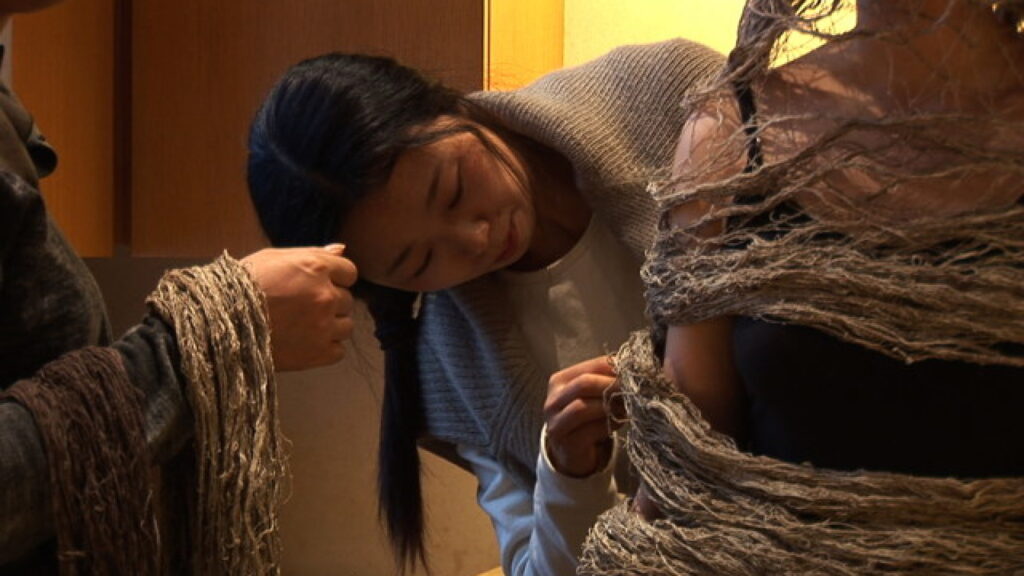
Ma Ke recycled discarded paint-covered sheets as key material for the Wu Yong clothing line. The second-hand fabrics were later buried in soil, as the commentary behind the Wu Yong collection corresponds with the relationship between fashion and environmental sustainability. The title of the work roughly translates to ‘No Point’ and ‘Useless.’ To provocatively complement the name of her fashion line, Ma Ke keeps the utility of the clothes at their barest function. The clothes reflect the underdeveloped areas of China where ordinary workers require clothes to merely cover themselves.
The Wu Yong collection amplifies Ma Ke’s concerns of fading traditions and materialistic production. The more she learns about the garment industry in China, the more she realises that Chinese clothing design has a low reputation globally. Useless shows how China was seen as the cheapest manufacturer of clothes on the market, rather than a hub for creativity. Distressed by the state of the industry, Ma Ke challenges China’s rapid industrial development through the simplicity of her designs.
The anticipation behind the unveiling of the Wu Yong collection builds to the film’s iconic sequence. Jia documents the unveiling of the clothing line with methodical movement. A group of Parisian models wear Ma Ke’s clothes; covered with dirt, grim, and soot from head to toe. Motionless, they stand on pillars while abstaining from eye-contact. Critics on the scene refer to the presentation as a form of performance art. As Jia captures the scene in vivid detail, his camera wanders through the abstract exhibition space. A minimalist score with dreamlike reverberations complements his gentle pans. Avoiding unnecessary labels, Ma Ke’s eco-conscientious designs are amplified by Jia’s minimalist direction.
The Future of Fast Fashion in China
In Useless’ final chapter, Jia moves to Shanxi. In the segment, the documentary explores the role of tailors in the northern province. Without any background context, Jia establishes the relationship of his subjects and their surroundings through B-roll. The inhabitants of the remote mining region converse and roam within the liminal landscape. It isn’t until Jia sits down for an interview with a couple from the region that the severity of globalisation finally dawns upon the viewer. Due to the cost-effectiveness of fast-fashion, the couple tells how they had to abandon their dreams of being tailors. “The problem is no-one’s investing in clothes-making,” says the former tailor. “If I’d be able to, I’d buy large-scale equipment. I would have set up a tailoring company. But, there were no investments. I had to give up. So I changed my job.”
Forced into mining, civilians of Shanxi had to adapt to the unsustainable consumption of fast-fashion. They abandon their hopes, dreams, and traditions at the mercy of a capitalist system of overconsumption. At the end of the film, Jia includes a brief vignette of an operational tailor shop. An elderly woman asks about an impending demolition to the site. The owner of the shop responds with an uncertain answer. They continue to diligently work, as they sew until nightfall.
After wrapping production on Useless, Jia returned to the Venice Film Festival where it won the Horizons prize for best documentary.
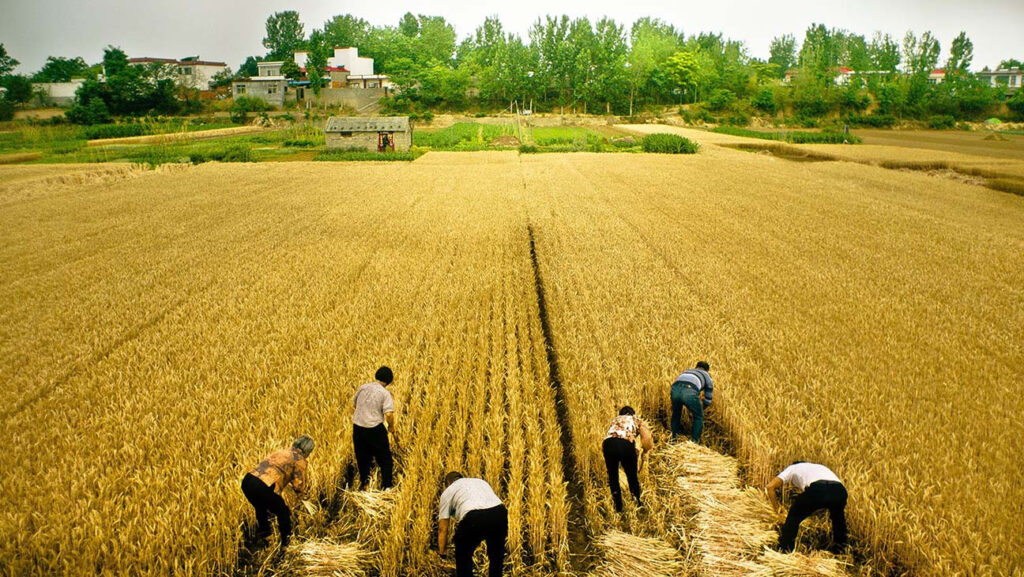
In Search of Authorship
It wasn’t until 2020, at the brink of the pandemic, that Jia would bring his artist trilogy to a close. Swimming Out Till the Sea Turns Blue returns Jia to his hometown of Fenyang where he interviews three Chinese authors from three different generations. In the film, the writers discuss their tumultuous upbringings and literary careers. Jia Pingwa, Yu Hua, and Liang Hong elaborate on the development and history of contemporary China while echoing their familiar values. The film also includes background information on writer Ma Feng, who was active throughout the 1950s and 1960s.
Jia opts for an episodic structure and divides the film into 18 chapters resembling the scope of a great novel. The documentary highlights the mass cultivation and collectivisation of agriculture within the Jia family village. The documentary dissects the effects of urbanisation in the context of rural living and creative writing. Memories of modernisation offer a greater political perspective on the changing face of China, without relying on a western perspective for social criticism. Unlike the other two entries in his trilogy, Jia prominently relies on oral testimonies for historical context instead of observational footage. “There was barely any market for literature,” reflects Jia Pingwa in a candid interview. “Given the times, I tried writing revolutionary stories, essays, novels, traditional songs and poems.”
The writing of the three aforementioned subjects is featured throughout the film. Farmers and family members playfully break the fourth wall by reading passages from their work. Dispersed between the different chapters, Jia develops a personalised tapestry of nostalgia, memory, and political commentary. Tragedy, marginalisation, and poverty dictate the scope of his subjects’ work. Even without reading their literary oeuvres in advance, Jia prioritises intimacy and historical preservation for emotional catharsis.
The grounded methodology avoids information dumping by keeping its composition dynamic. The interview locations are colourful and complementary to the text. The background reflects on the subjects’ character and commentary, all while avoiding distractions in the foreground. While Jia’s direction is more conventional in contrast to Dong and Useless, his traditionalist approach effectively fuses with his insightful questioning. The at-times erratic sound mix and fast-paced edit encourages the viewer to engage with the authors’ stories and memories.
Just like the other entries in his expansive trilogy, Jia’s final hurrah isn’t exclusively about literature. He is more interested in the lives of his subjects. In Dong, Jia focuses on the present through intimate reactions and empathetic gestures amplified by Liu’s artistic practice. In Useless, he contemplates the future of Chinese society. Through interwoven testimonials, the film offers an urgent call for action to reconsider industrial mass-production. In the process, the documentary advocates for the preservation of Chinese tailoring and artistic identity within fashion. With his final chapter Swimming Out Till the Sea Turns Blue, Jia ruminates on the past. Through the intergenerational struggles of the interviewed authors, the film highlights their collective memories through spoken-word experiences.
Jia’s artist trilogy is a powerful testament to the resilience of China’s working class that reflects on the nation’s past, present, and future through its thought-provoking form. His most recent feature Caught by the Tides (2024) mixes documentary with avant-garde storytelling as he appropriates discarded B-roll from his personal archive to create a new narrative with the lost footage. With his anticipated return to the silver screen, Jia continues his dissections of location, memory, and identity with his unique fusion of fiction and documentary.





